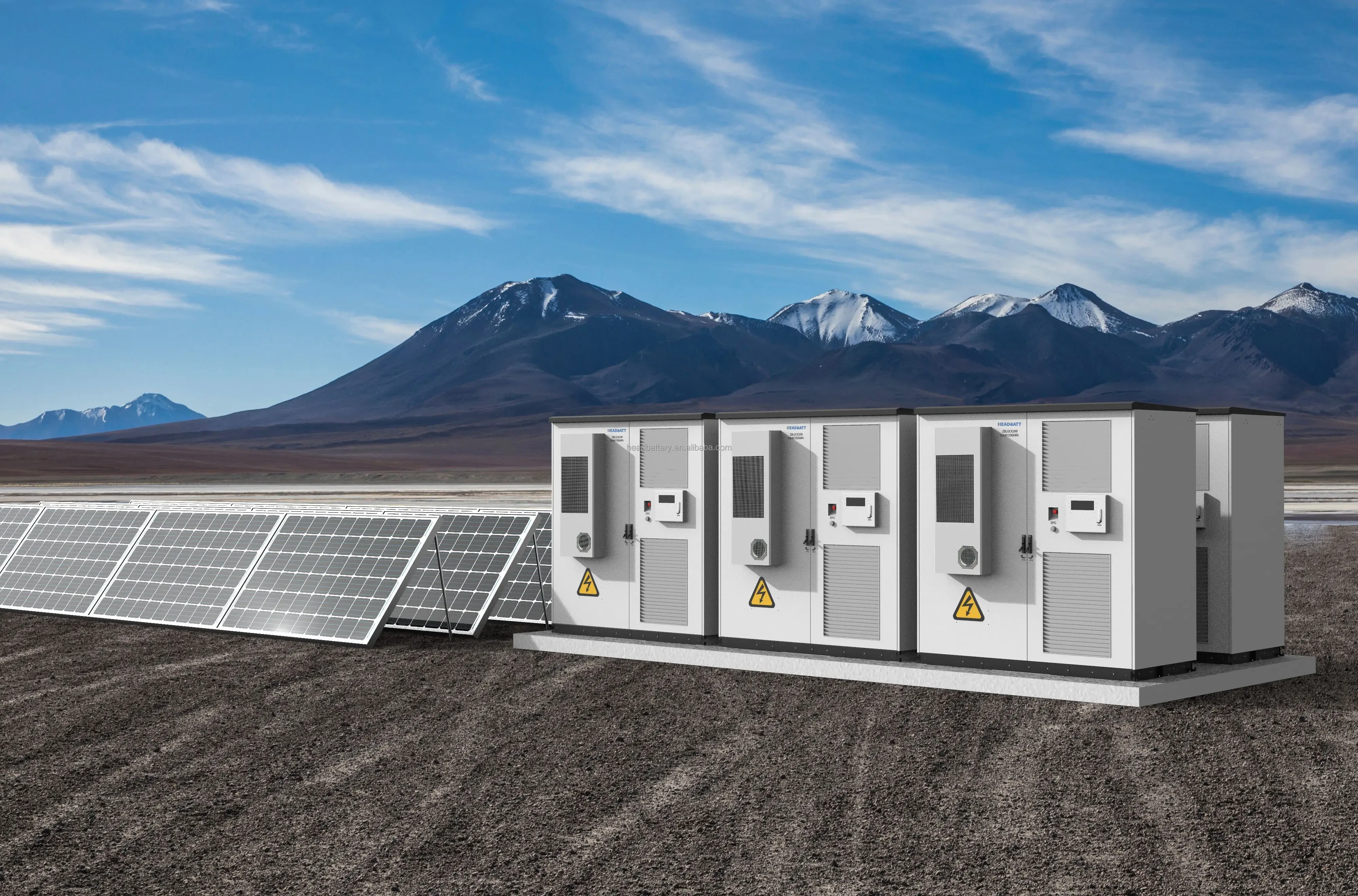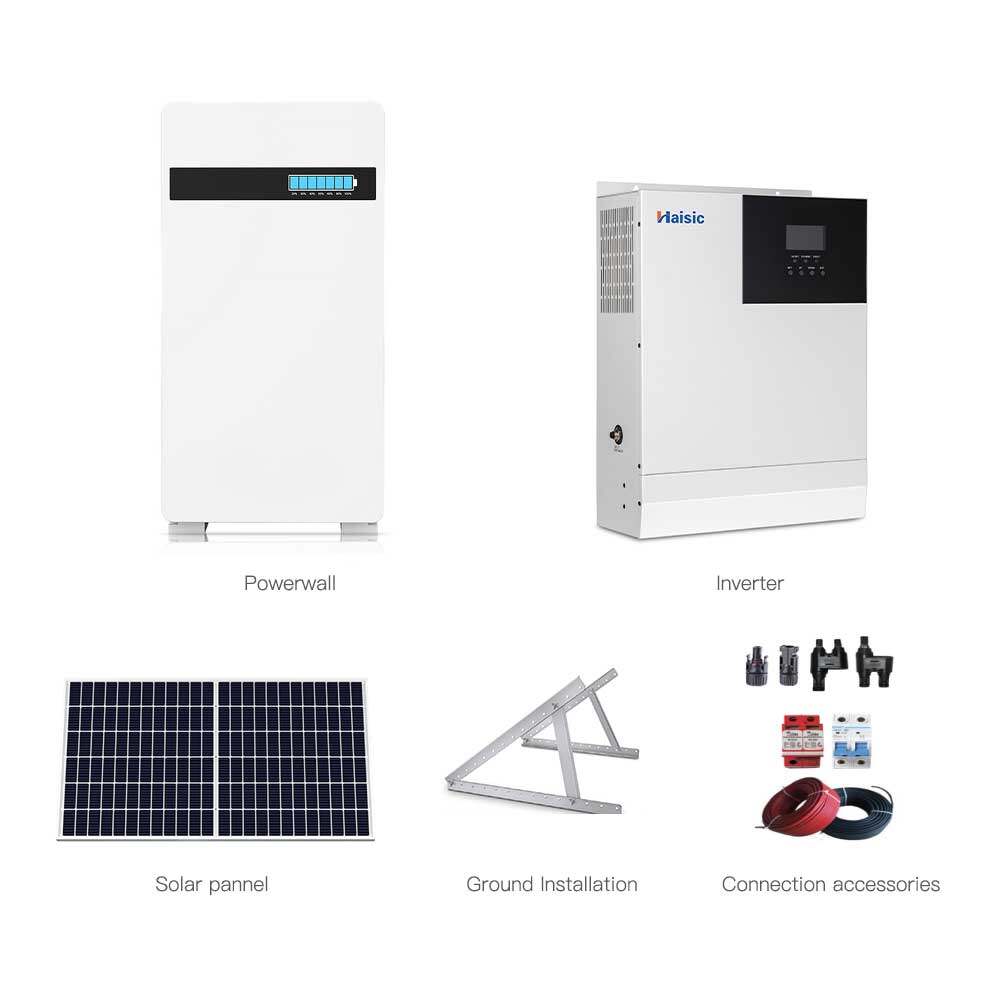Email format error
Email cannot be empty
Email already exists
6-20 characters(letters plus numbers only)
The password is inconsistent
Email format error
Email cannot be empty
Email does not exist
6-20 characters(letters plus numbers only)
The password is inconsistent


In today's world, the push for renewable energy is stronger than ever. Solar panel systems with battery storage have emerged as a game-changer, offering homeowners a sustainable way to harness and store energy. This guide explores the benefits, components, and installation process of solar panel systems with battery storage, ensuring you have all the information needed to make an informed decision.
Solar panel systems with battery storage provide a significant advantage in energy independence. By storing excess solar energy generated during the day, homeowners can utilize this power during nighttime or cloudy days, reducing reliance on the grid and ensuring a continuous power supply during outages.
Integrating battery storage with solar panels can lead to substantial cost savings. By using stored energy during peak hours when electricity rates are highest, you can minimize your utility bills. Additionally, various government incentives and tax credits can further offset the initial investment.
Solar energy is a clean, renewable source that significantly reduces carbon emissions. By incorporating battery storage, you maximize the use of your solar panels, minimizing waste and further contributing to environmental conservation.
The primary component, solar panels, capture sunlight and convert it into electricity. These panels come in various types, including monocrystalline, polycrystalline, and thin-film, each with its efficiency and cost profile.
Inverters are crucial for converting the direct current (DC) electricity generated by solar panels into alternating current (AC) used by most home appliances. Hybrid inverters also manage the flow of energy between the solar panels, battery storage, and the grid.
Batteries store excess energy produced by solar panels for later use. Lithium-ion batteries are the most popular due to their efficiency, longevity, and declining costs. Other options include lead-acid and flow batteries, each with specific advantages.
Charge controllers regulate the power going into and coming out of the battery, preventing overcharging and ensuring optimal battery performance and longevity.
A professional installer will evaluate your home to determine the best location for solar panels and batteries, considering factors like roof orientation, shading, and available space.
Based on the site assessment, a customized system will be designed to meet your energy needs, including the number and type of solar panels, battery capacity, and inverters.
Before installation, necessary permits and approvals from local authorities and utility companies must be obtained. This step ensures compliance with regulations and eligibility for incentives.
The actual installation involves mounting solar panels, setting up the inverter and batteries, and connecting the system to your home’s electrical panel. Once installed, the system undergoes thorough testing to ensure it operates efficiently and safely.
Regular maintenance is minimal but essential for optimal performance. This includes cleaning the solar panels to remove debris and ensuring all components are functioning correctly.
Most modern systems come with remote monitoring capabilities, allowing you to track energy production and consumption in real-time via smartphone apps or web interfaces. This feature helps identify and address any issues promptly.
Investing in a solar panel system with battery storage is a smart, sustainable choice that offers numerous benefits, from cost savings and energy independence to environmental protection. As technology advances and costs decrease, there has never been a better time to transition to renewable energy.
Solar batteries typically last between 10 to 15 years, depending on the type and usage patterns. Regular maintenance and proper management can extend their lifespan.
Yes, many homeowners upgrade their existing solar panel systems with battery storage. It's advisable to consult with a professional installer to ensure compatibility and optimal performance.
The cost varies widely based on the size of the system, battery capacity, and installation complexity. On average, a complete system can range from $10,000 to $30,000, before incentives and rebates.
If your battery depletes, your home will automatically switch to using grid electricity, ensuring uninterrupted power supply.
Yes, many governments offer incentives such as tax credits, rebates, and grants to encourage the adoption of renewable energy systems. These can significantly reduce the overall cost of installation.